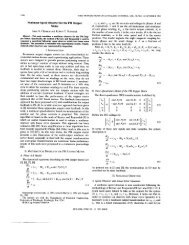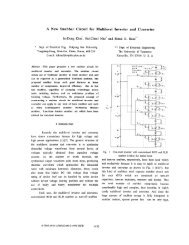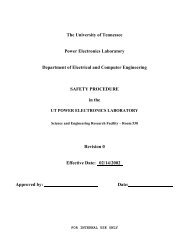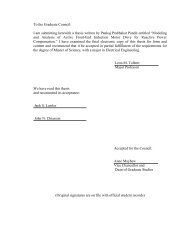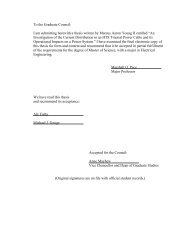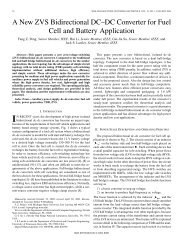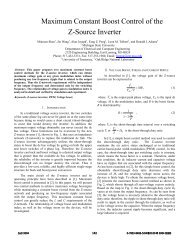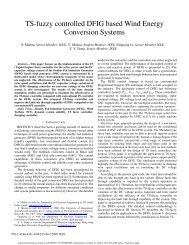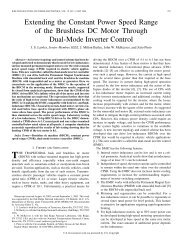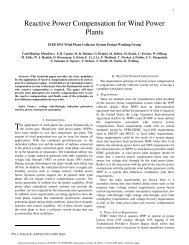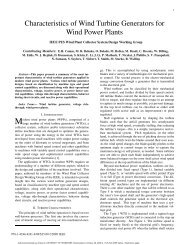Fault Diagnostic System for Cascaded H-Bridge Multilevel Inverter ...
Fault Diagnostic System for Cascaded H-Bridge Multilevel Inverter ...
Fault Diagnostic System for Cascaded H-Bridge Multilevel Inverter ...
Create successful ePaper yourself
Turn your PDF publications into a flip-book with our unique Google optimized e-Paper software.
2.3 <strong>Fault</strong> diagnosis in an inverter of a CID system<br />
A CID system usually consists of three cascaded subsystems: a rectifier, an inverter, and<br />
a motor. A review of fault detection techniques in an inverter is focused in this section.<br />
As previously mentioned, input motor supply current signals could be used to detect<br />
switch base drive open circuit and inverter switch short circuit fault. Two techniques are<br />
primarily applied in fault detection and diagnosis: model based technique and model-less<br />
based technique.<br />
A model-based technique principally depends upon a mathematical model; <strong>for</strong> instance,<br />
analytical redundancy method and parameter estimation method. A model based<br />
technique is valuable if an accurate model of faults can be obtained. However, in the case<br />
of a CID, an accurate model representing all of the possible fault cases is difficult to<br />
obtain. A model based technique has some disadvantages as follows:<br />
• expensive in engineering time to develop model;<br />
• model may not be robust to nonlinear problems;<br />
• model may not be robust to seasonal changes or plant degradation.<br />
A model-less based technique is based upon expert-knowledge or artificial intelligent<br />
system; namely, a fuzzy logic, a neural network, and a statistical technique. An<br />
implementation of a model-less technique may be more expensive than a model based<br />
technique; however, the technology promise of very large scale integration (VLSI)<br />
24



